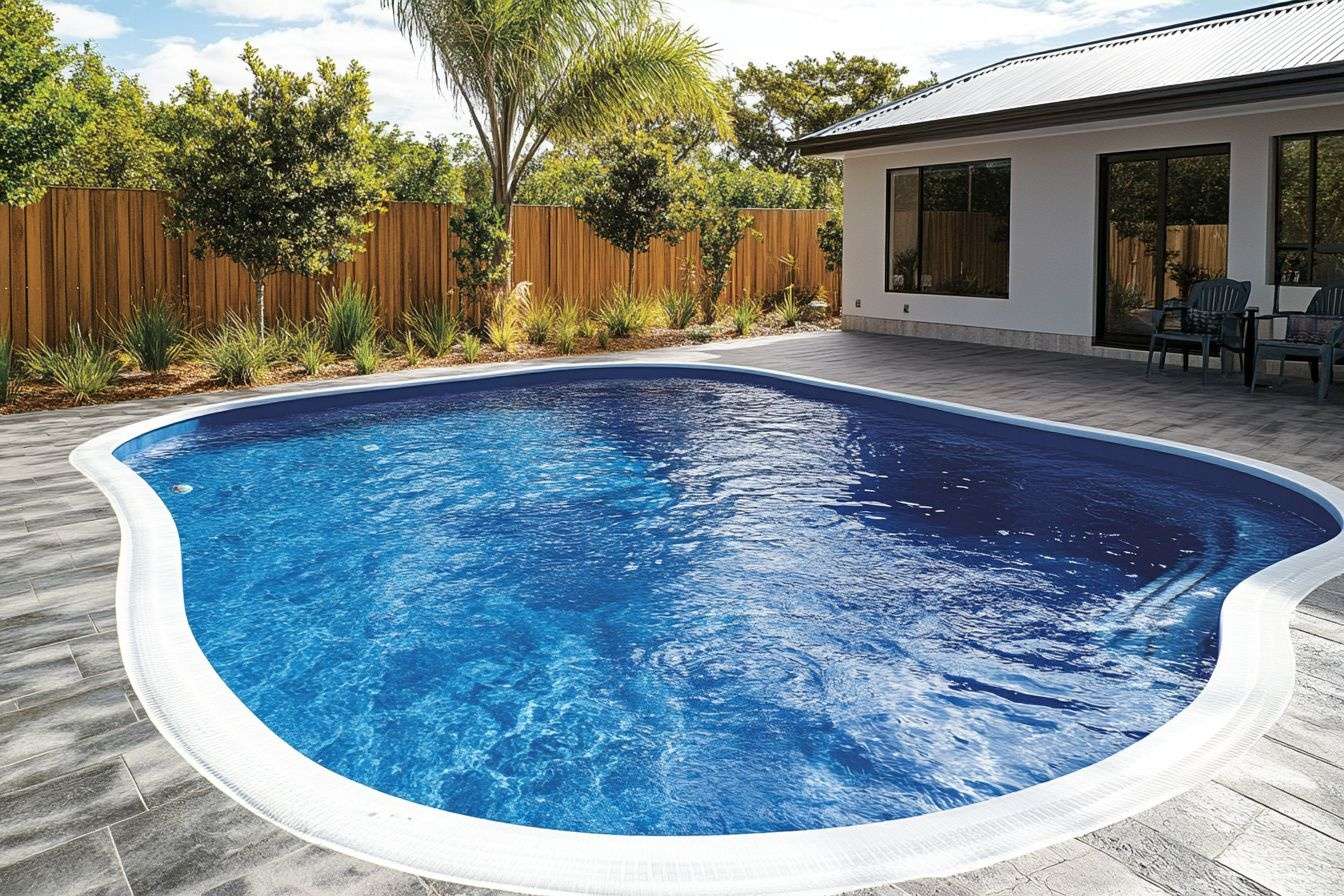Explore Deck Building Costs Before Making Your Choice
Planning a deck installation project requires careful financial consideration before breaking ground. Understanding the various cost components helps homeowners make informed decisions that align with their budget and desired outcomes. From material selection to labor expenses and additional features, multiple factors influence the overall investment required for a new deck. This comprehensive guide breaks down the primary cost considerations to help you plan effectively and avoid unexpected expenses during your deck building project.

Average Deck Building Costs
Deck construction costs vary significantly based on several factors, with the national average ranging from $4,000 to $20,000 for a complete installation. The price spectrum reflects the vast differences in project scope, from simple ground-level platforms to elaborate multi-level designs with premium features. For a standard 300-400 square foot deck, homeowners typically invest between $7,000 and $15,000, though luxury projects with high-end materials can exceed $30,000. Location also plays a significant role in determining costs, with urban areas generally commanding higher prices than rural regions due to differences in labor rates and permit requirements.
Cost Per Square Foot
The square footage calculation serves as the foundation for estimating deck costs. Standard pressure-treated wood decks typically range from $15 to $25 per square foot including materials and installation. Mid-range composite decking generally costs between $30 and $45 per square foot installed, while premium hardwoods like ipe or teak can reach $45 to $75 per square foot. When calculating the total project area, remember to account for any special features like built-in seating, stairs, or multi-level designs, as these elements often require additional materials and labor that increase the per-square-foot cost.
Material Costs
Material selection represents one of the most significant variables in deck building expenses. Pressure-treated lumber remains the most economical option, typically costing $15 to $25 per square foot installed, with materials alone ranging from $2 to $5 per square foot. Composite decking, made from a blend of recycled plastic and wood fibers, offers greater durability and lower maintenance at $10 to $15 per square foot for materials alone. Premium hardwoods provide exceptional aesthetics and longevity but command higher prices—cedar averages $4 to $8 per square foot for materials, while tropical hardwoods like ipe can cost $8 to $12 per square foot before installation. Additionally, hardware, fasteners, and structural lumber for framing typically add 15-20% to the material budget.
Labor Costs
Professional installation typically accounts for 50-60% of a deck’s total cost, with labor rates varying significantly by location and contractor experience. Most deck builders charge between $30 and $60 per hour, with complex designs requiring more specialized skills commanding higher rates. On average, labor costs range from $8 to $22 per square foot, depending on design complexity and regional wage differences. Simple, ground-level decks require less labor than elevated structures with stairs, railings, or intricate layouts. When evaluating labor quotes, ensure contractors include site preparation, post-hole digging, concrete work, structural framing, and finishing details to avoid unexpected costs later in the project.
Additional Costs
Beyond basic materials and labor, several auxiliary expenses contribute to the total investment in a deck project. Permit fees typically range from $100 to $500 depending on your municipality and project scope. Railing systems represent a significant additional cost, with standard wood options starting around $20 per linear foot installed, while glass or metal systems can exceed $100 per linear foot. Built-in features like benches ($25-$50 per linear foot), planters ($100-$300 each), and pergolas ($2,000-$5,000) further increase expenses. Lighting systems typically add $500 to $1,500 to the project, while specialized waterproofing for second-story decks can add $5 to $10 per square foot. Staining and sealing wood decks costs approximately $2 to $5 per square foot and should be factored into both initial and ongoing maintenance budgets.
Comparing Deck Materials and Providers
When evaluating deck materials, consider both upfront costs and long-term expenses. The table below compares common decking options and their associated costs:
| Material Type | Average Cost (materials only) | Installed Cost Range | Lifespan | Maintenance Requirements |
|---|---|---|---|---|
| Pressure-Treated Wood | $2-$5 per sq ft | $15-$25 per sq ft | 10-15 years | Annual sealing/staining |
| Cedar/Redwood | $4-$8 per sq ft | $25-$30 per sq ft | 15-20 years | Every 2-3 years sealing |
| Composite | $10-$15 per sq ft | $30-$45 per sq ft | 25-30 years | Periodic cleaning only |
| PVC/Vinyl | $10-$12 per sq ft | $30-$50 per sq ft | 25-30 years | Minimal cleaning |
| Tropical Hardwood | $8-$15 per sq ft | $45-$75 per sq ft | 25+ years | Oil treatment every 1-2 years |
Prices, rates, or cost estimates mentioned in this article are based on the latest available information but may change over time. Independent research is advised before making financial decisions.
For installation, regional providers typically charge different rates based on experience and services offered. While national chains may offer standardized pricing, local contractors often provide more competitive rates with specialized knowledge of regional building codes. Always obtain at least three detailed quotes before selecting a deck builder, ensuring each estimate covers identical project specifications for accurate comparison.
Conclusion
Understanding the comprehensive costs associated with deck building allows homeowners to plan effectively and avoid budget overruns. Material selection represents the most significant opportunity to control expenses while balancing durability, aesthetics, and maintenance requirements. Labor costs typically account for over half the project budget, with complexity and location heavily influencing rates. By accounting for permits, additional features, and long-term maintenance requirements, homeowners can make informed decisions that deliver the best value for their outdoor living investment while creating a space that enhances their property for years to come.




